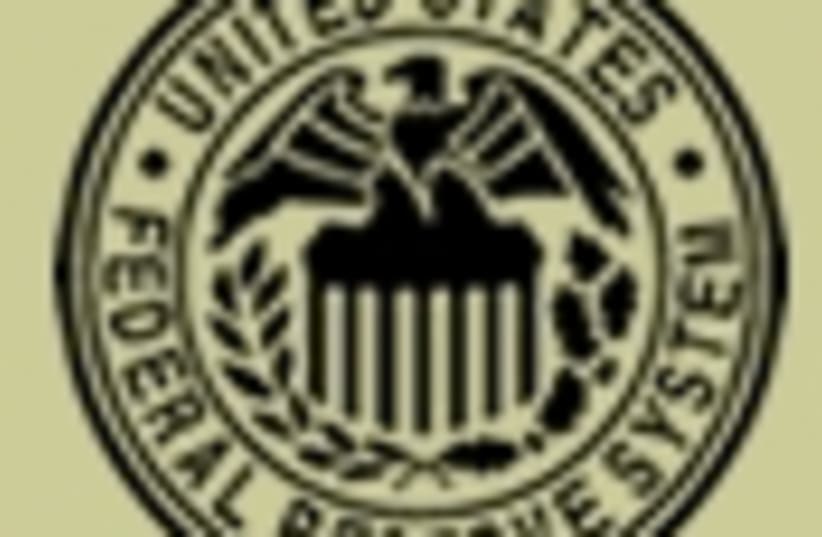| More about: | Ben Bernanke, Australia, United Kingdom, Europe |
Global Agenda: Getting interesting
Concerns about inflation and the change of guard at the Fed mean that interest rates are likely to rise.


| More about: | Ben Bernanke, Australia, United Kingdom, Europe |